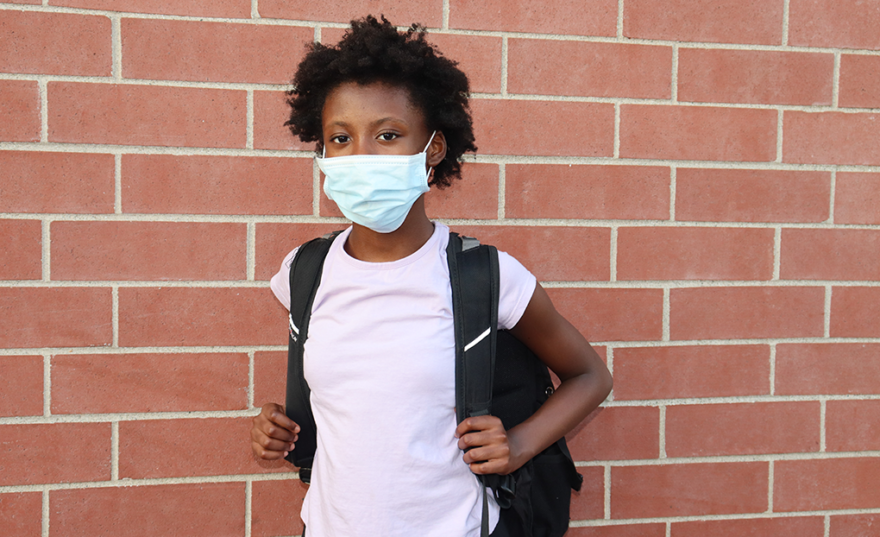Health anxiety – characterized by excessive and impairing worry about health issues1 – has been minimally described in childhood and adolescence, and longitudinal studies are lacking. Yet preliminary reports suggest that health anxiety might be on the rise in the general population.2 Now, researchers in Denmark have conducted a prospective population-based cohort study to shed light on the prevalence and costs associated with health anxiety in youths.
Martin Rimvall and colleagues investigated whether high levels of health anxiety in young people confers a “real life” impact on physical health service use, which might maintain and potentially worsen health anxiety symptoms for the individual, as well as increase healthcare costs.
The researchers studied 1,278 youths followed-up during childhood and adolescence. They assessed health anxiety, chronic somatic illnesses (e.g. epilepsy, diabetes), emotional disorders (e.g. depression, anxiety) and functional somatic symptoms at age 11, and health anxiety at age 16. They also obtained register-based data on the costs related to non-hospital-based primary and secondary somatic health services between age 11 and 16.
They found that girls and children with a chronic somatic illness at age 11 were at the highest risk of health anxiety at age 16, after accounting for all other age 11 measures. While persistence of high health anxiety levels from childhood into adolescence was rare (1.3%), those affected were high users of healthcare services, with almost double the healthcare costs than those with consistently low health anxiety levels. Importantly, these costs were not as a result of a chronic somatic illness.
“Because the study shows that health anxiety is not always a passing phenomenon, and because it has real-life functional impact pertaining to youths, development of interventions directed at preventing and treating health anxiety in younger age groups are needed”, proposes Rimvall. “Although therapeutic interventions directed at health anxiety are efficient in adults, we cannot assume that they will simply be applicable to children and adolescents”.
Going forward, Rimvall et al. explain that paediatricians, general practitioners and other healthcare professionals who work with youths with physical illness should be aware of psychological health issues and the potential development of health anxiety among their patients. “The diagnosis of severe health anxiety, i.e. hypochondriasis, is based on adult populations”, explains Rimvall. “The possibility of applying this diagnosis to children and adolescents must now be explored so that we can start to develop targeted, early interventions”.
The authors would like to acknowledge the National Institute of Mental Health for funding the original study.
Referring to
Rimvall, M.K., Jeppesen, P., Skovgaard, A.M., Verhulst, F., Olsen, E.M. & Rask, C.U. (2020), . J. Child Psychol. Psychiatr. doi: 10.1111/jcpp.13286.
References
1Asmundson, G.J.G., et al. (2010). Health anxiety: Current perspectives and future directions. Curr. Psychiatry Rep. 12, 306–312. doi: 10.1007/s11920-010-0123-9.
2Tyrer, P. et al. (2019). Increase in the prevalence of health anxiety in medical clinics: Possible cyberchondria. Int. J. Soc. Psychiatry. 65, 566-569. doi: 10.1177/0020764019866231.
Glossary
Functional somatic symptoms: physical symptoms which cannot be attributed to an identifiable disease even after extensive medical assessment.
